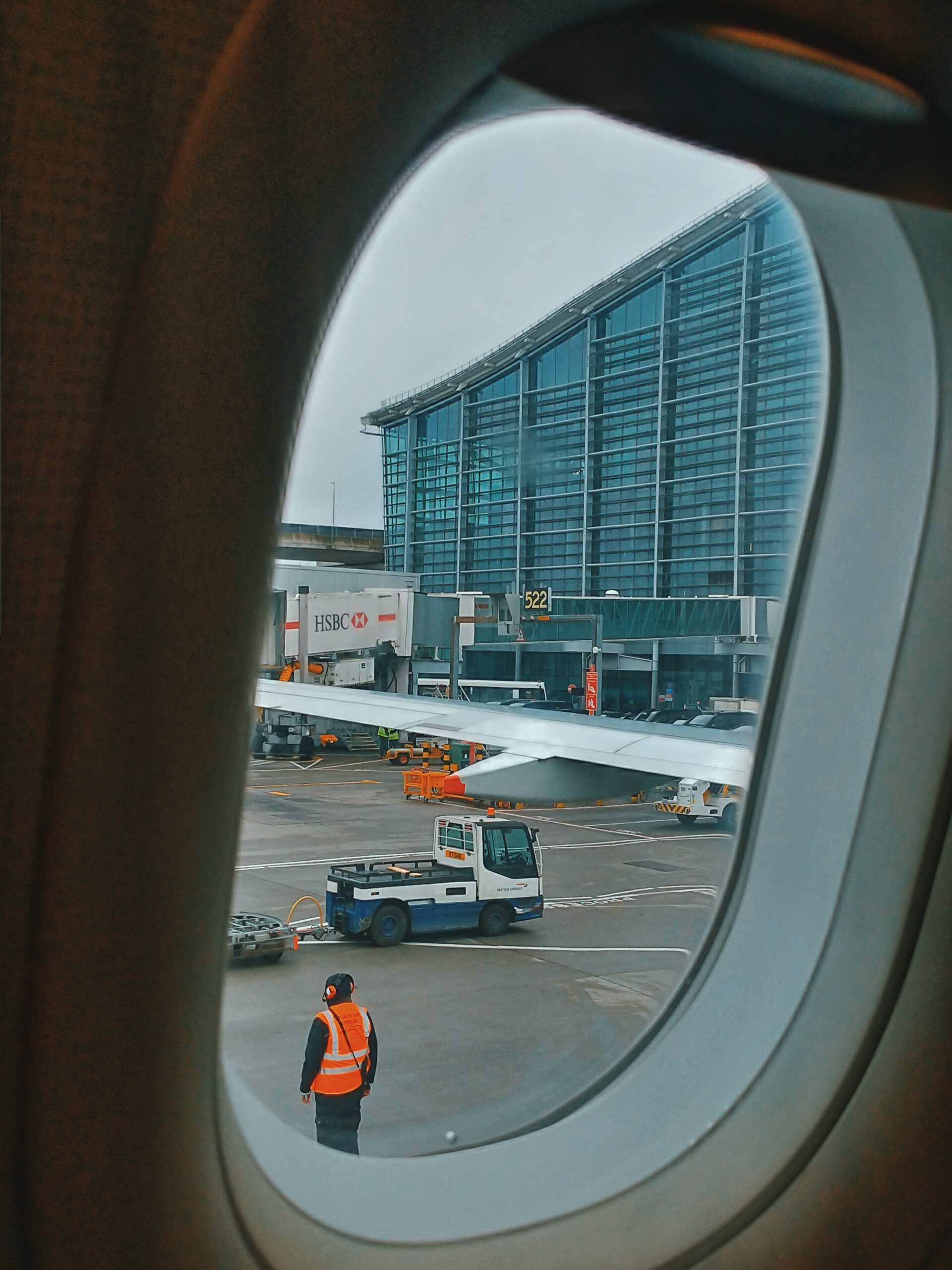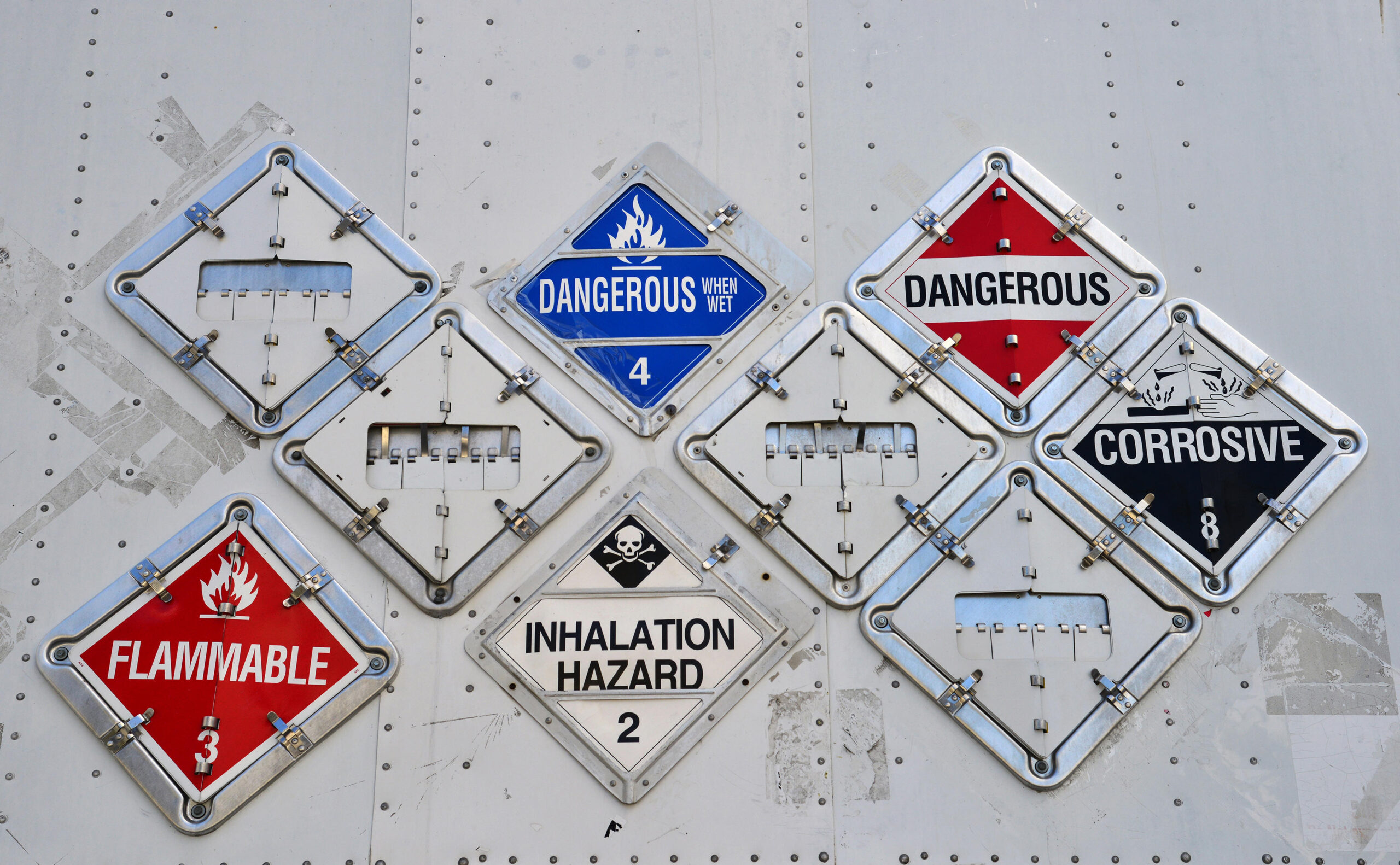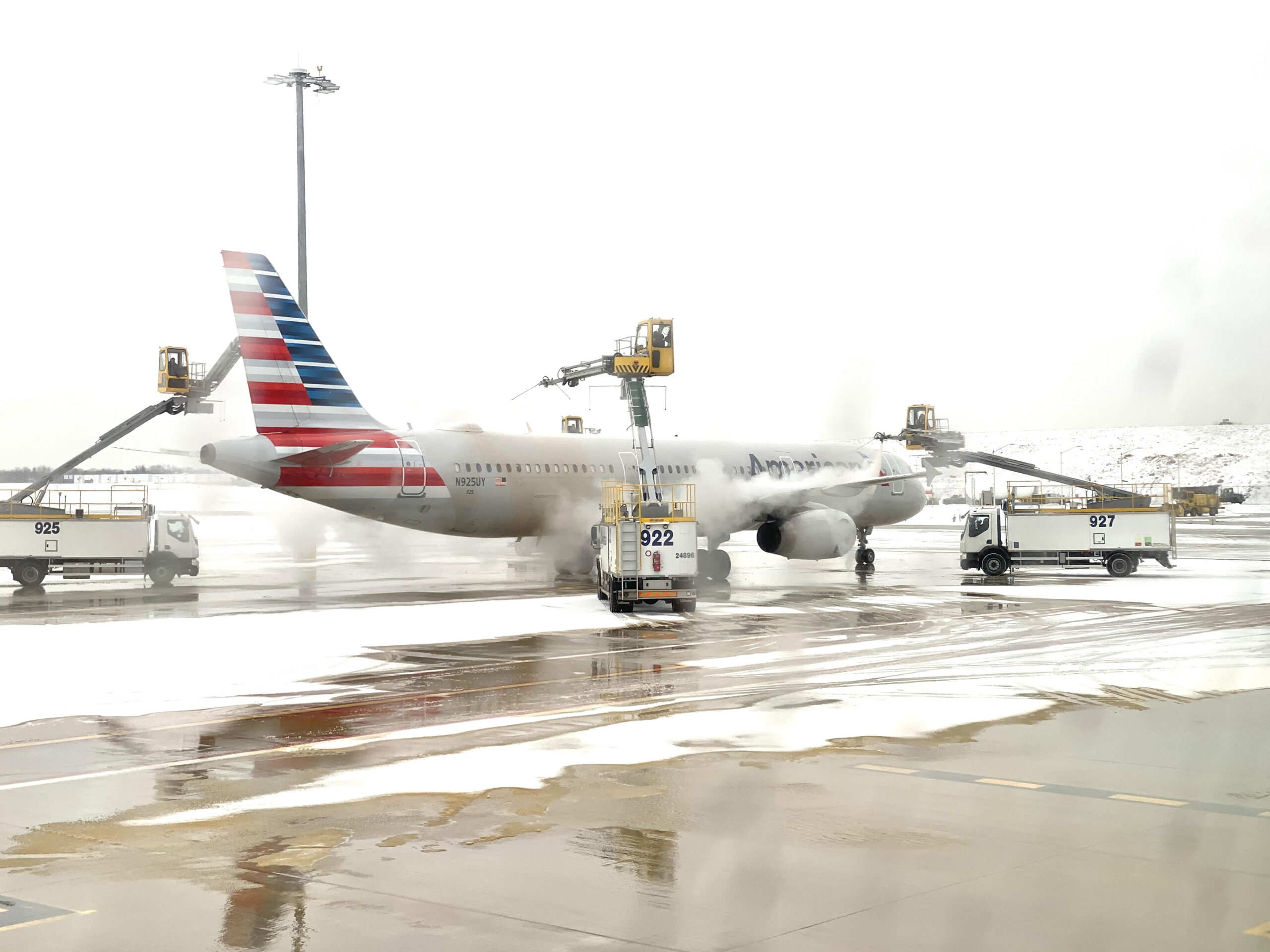Introduction
In the ever-evolving world of aviation, safety remains a paramount concern, particularly when it comes to the transportation of dangerous goods. The International Air Transport Association (IATA) regularly updates its Dangerous Goods Regulations (DGR) to ensure the safe and secure handling of these materials. In this comprehensive article, we delve into the significant changes and updates introduced in the 2024 IATA DGR.
Understanding the 2024 IATA DGR
The 2024 edition of the IATA DGR brings several important updates to the table. These DG HazMat 2024 key updates are essential for airlines, shippers, and anyone involved in the transportation of dangerous goods. Here’s a breakdown of the key changes:
1. Lithium Batteries
The Lifeline of Modern Devices
In the 2024 IATA DGR, significant attention is given to the transportation of lithium batteries. With the ever-increasing use of electronic devices, ensuring the safe transport of these batteries is crucial. The 2024 regulations provide detailed guidelines on packaging, labeling, and handling procedures for lithium batteries, helping to mitigate potential risks.
Lithium batteries are the lifeblood of modern electronics, powering everything from smartphones to laptops. However, they also pose specific risks during transport, primarily due to the potential for thermal runaway and fires. The 2024 IATA DGR recognizes these risks and introduces stringent packaging and labeling requirements to minimize them. This ensures that both passengers and cargo are protected from the dangers associated with lithium batteries.
These new regulations mandate that lithium batteries must be transported at a state of charge not exceeding 30%, reducing the risk of thermal events during transport. Additionally, they provide specific guidelines for packaging and labeling, making it easier for shippers and airlines to ensure the safe transportation of these critical components.
2. Infectious Substances
Protecting Public Health
In light of recent global health challenges, the IATA has revised its regulations for the transportation of infectious substances. The 2024 DGR offers more comprehensive guidance on packaging and labeling of these materials, reducing the risk of contamination and ensuring the safety of all those involved in the process.
Infectious substances pose a significant risk, not only to those directly handling them but also to the broader public health. The 2024 IATA DGR acknowledges the importance of stringent safety measures when it comes to transporting infectious materials. These regulations specify the need for triple packaging, which includes the use of a primary receptacle, a secondary packaging, and an outer packaging. This multiple layering of protection significantly reduces the risk of leaks or contamination during transport.
Additionally, the labeling requirements for infectious substances have been updated to ensure that all parties involved in handling these materials can easily identify them and take the necessary precautions. These changes represent a proactive approach to safeguarding public health and minimizing the risks associated with the transportation of infectious substances.
3. Radioactive Materials
Guardians of Health and Safety
The 2024 DGR also introduces updates in the transportation of radioactive materials. This includes refined packaging requirements and enhanced safety measures for handling these substances, contributing to safer transport and minimizing environmental risks.
Radioactive materials are essential in various fields, including medicine and industry, but their transport must be carried out with the utmost care. The 2024 IATA DGR addresses this need by revising the packaging requirements, ensuring that radioactive materials are transported in specialized packaging that prevents the release of radiation and contamination.
These regulations also emphasize proper training for personnel involved in handling radioactive materials, reducing the risk of accidents and environmental contamination. By enhancing the safety measures surrounding the transport of radioactive materials, the 2024 DGR plays a crucial role in protecting both human health and the environment.
4. Dangerous Goods in Passenger Baggage
Balancing Convenience and Safety
The IATA has updated its regulations to address the transportation of dangerous goods in passenger baggage. This ensures that airline passengers are aware of and comply with safety measures regarding items they may carry in their luggage. These regulations aim to strike a balance between passenger convenience and safety.
Travelers often carry a variety of items in their baggage, some of which can be considered dangerous goods, such as flammable aerosols, small arms ammunition, or even chemicals. The 2024 IATA DGR includes a clear set of rules and guidelines for passengers, allowing them to understand what can and cannot be carried in their luggage. This knowledge helps passengers make informed decisions about what to pack and what to leave behind, contributing to safer air travel.
5. Packaging Instructions
Crucial Guidelines for Safe Transport
One of the most vital aspects of the IATA DGR is the packaging instructions. These instructions have been meticulously revised in the 2024 edition, covering a wide range of dangerous goods. The new instructions provide detailed guidance on the appropriate packaging methods and materials, reducing the risk of accidents during transport.
Proper packaging is the cornerstone of safe transportation of dangerous goods. The 2024 IATA DGR places a strong emphasis on providing clear and comprehensive packaging instructions for shippers and carriers. These instructions cover various categories of dangerous goods, ensuring that each type of material is packaged in a way that minimizes the risk of leakage, contamination, or accidents during transport.
For example, the DGR provides specific guidance on the use of packaging materials, cushioning, and closures. It also outlines requirements for labeling and marking to facilitate the safe handling of dangerous goods. By following these packaging instructions, businesses and individuals can contribute to a safer and more secure aviation industry.
Conclusion
In a world where aviation is an essential mode of transport, ensuring the safe handling and transportation of dangerous goods is of utmost importance. The 2024 IATA Dangerous Goods Regulations and its DG (HazMat) 2024 key updates offer a comprehensive and updated set of guidelines, addressing the evolving landscape of hazardous materials. From lithium batteries to infectious substances and radioactive materials, these regulations are designed to safeguard public health and protect the environment. Understanding and adhering to these regulations is not just a legal requirement; it’s a commitment to a safer, more responsible aviation industry.
Learn More on DG (HazMat) 2024 key updates
For a deeper understanding of the 2024 IATA Dangerous Goods Regulations and how they impact the aviation industry, we recommend exploring the following external resources:
- IATA Dangerous Goods Regulations (DGR) Overview The official IATA DGR website provides comprehensive information on the latest edition of the regulations, including access to the full text and related resources.
- Transportation Security Administration (TSA) Dangerous Goods The TSA’s official webpage offers valuable insights into what items are allowed in passenger baggage and how to prepare for a smooth and secure travel experience.
- Federal Aviation Administration (FAA) – Hazardous Materials Safety The FAA’s dedicated hazardous materials safety section provides in-depth guidance on the safe transportation of hazardous materials by air, with access to relevant regulations and educational materials.
By exploring these external resources, you can gain a more comprehensive understanding of the 2024 IATA DGR and how it impacts the aviation industry, ensuring that you stay informed and contribute to the safe transportation of dangerous goods.



